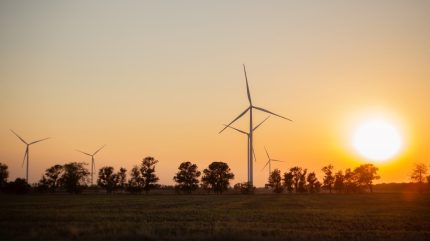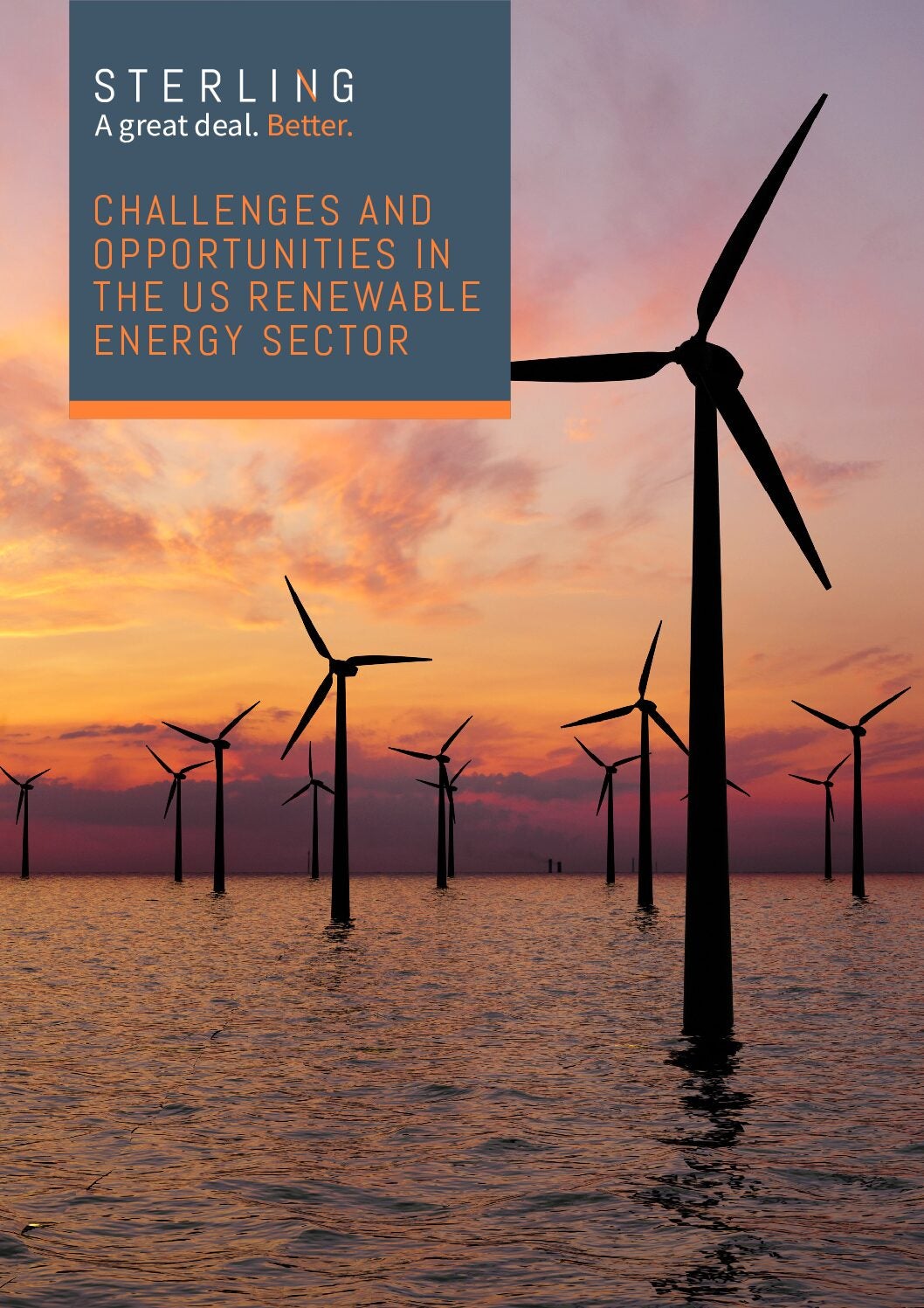
Adani Green Energy is planning to invest more than $1bn (Rs 83.5bn) in wind energy projects in Sri Lanka, the Press Trust of India has reported.
This is the country’s largest foreign direct investment and one of its most significant power projects to date.
The investment will be directed towards establishing two wind farms with a combined capacity of 484MW.
To be located in the north of the country in the town of Mannar and the village of Pooneryn, the wind farms represent $740m of the investment.
An additional $290m is earmarked for power transmission infrastructure.
The projects will become not only Sri Lanka’s largest renewable energy project but also the nation’s most extensive power project overall.
The country has recently faced severe power shortages and is currently recovering from an economic crisis that peaked in 2022.
In response to the crisis, the government has passed new legislation to overhaul the power sector and encourage renewable energy investments.
This aligns with the conditions of a $2.9bn aid package from the International Monetary Fund which aims to reduce the losses of the state-run Ceylon Electricity Board and make the sector more attractive to investors.
Adani is expected to commence work and complete the project by mid 2026.
The company’s offered tariff is lower than that of the government’s wind power plant and the country’s fossil fuel-based power.
In May 2024 Adani secured a 20-year power purchase agreement (PPA) with the Sri Lankan government for the development of the wind projects, as confirmed by a cabinet statement.
The initiative will contribute to the country’s energy security by generating 1,500 million units of clean, renewable energy annually – enough to meet the needs of 600,000 households.
The project is anticipated to create 1,200 local jobs, save $270m annually by displacing fossil fuels and reduce CO₂ emissions by 1.06 million tonnes each year.




